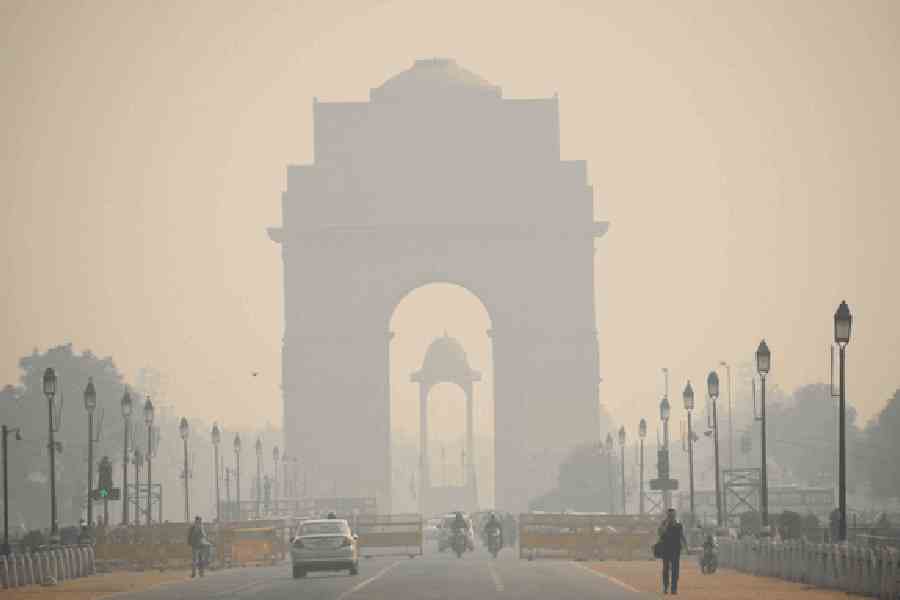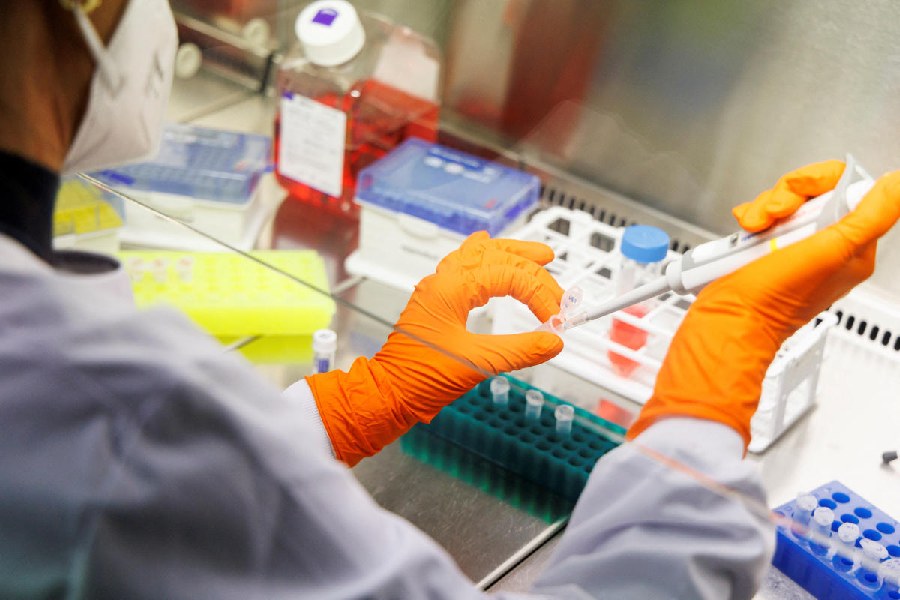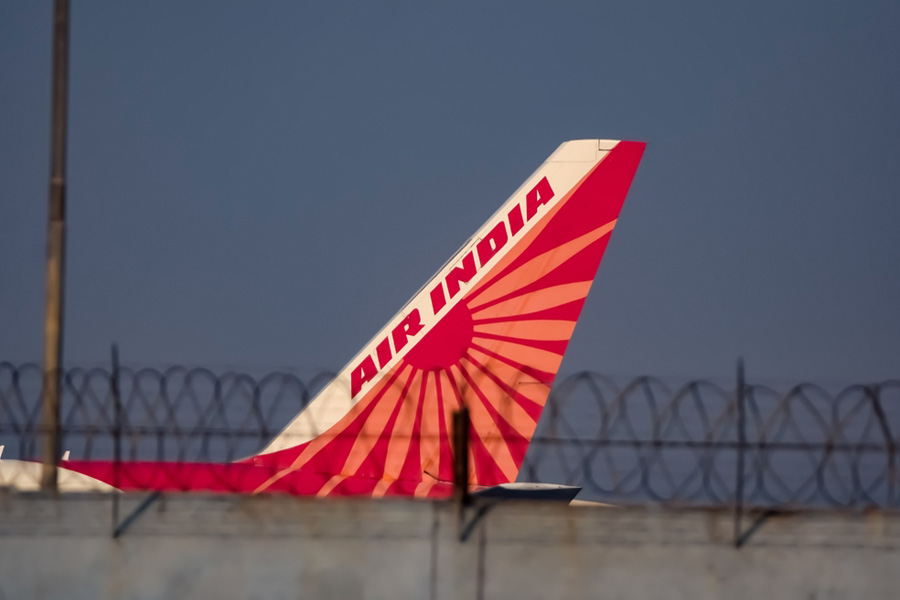Although its air quality improved marginally, Delhi remained the most polluted city in the year ending September 30, with a PM2.5 concentration of 100.1 micrograms per cubic metre, which is three times the government's safe limit, according to a new analysis.
The analysis conducted by independent think tank Climate Trends and tech firm Respirer Living Sciences, that manufactures real-time IoT-based air quality monitoring devices, showed that Aizawl and Mizoram have India's cleanest air with a PM2.5 level of only 11.1 micrograms per cubic metre.
Four more cities from the National Capital Region -- Faridabad (89 micrograms per cubic metre), Noida (79.1 micrograms per cubic metre), Ghaziabad (78.3 micrograms per cubic metre) and Meerut (76.9 micrograms per cubic metre) -- also feature among the top 10 most polluted cities.
The report is based on the analysis of the government's PM2.5 data from October 1, 2022, to September 30, 2023, and focuses on the cities covered under the National Clean Air Programme, which aims to achieve a 40 percent reduction in particulate matter concentration by 2026.
The analysis showed that Patna, the second most polluted city with an average PM2.5 concentration of 99.7 micrograms per cubic metre, saw a 24 percent deterioration in air quality compared to the previous year.
The top seven polluted cities -- Delhi, Patna, Muzaffarpur, Faridabad, Noida, Ghaziabad, and Meerut -- are all part of the Indo-Gangetic Plains, the report highlighted.
However, the analysts noted that PM2.5 concentration in Delhi, Faridabad, Noida, Ghaziabad and Meerut reduced by 4 percent, 12 percent, 12 percent, 25 percent and 11 percent, respectively, during the study period.
"The analysis reflects that there has been improvement in the Indo-Gangetic Plain cities over the last few years. However, considering the enormous pollution load, these cities continue to experience the highest PM levels in the country," Aarti Khosla, the director of Climate Trends, said.
"While measures like the Pradhan Mantri Ujjwala Yojana or hyperlocal developments like the peripheral highways around Delhi are positive actions, there is a need for a scientific approach to address air quality issues in a sustained manner through an airshed approach,” she said.
Except for the headline, this story has not been edited by The Telegraph Online staff and has been published from a syndicated feed.











